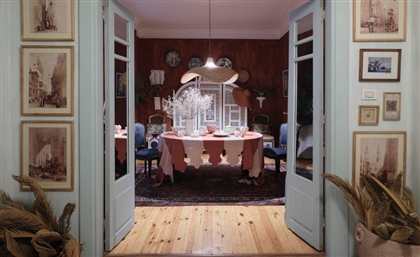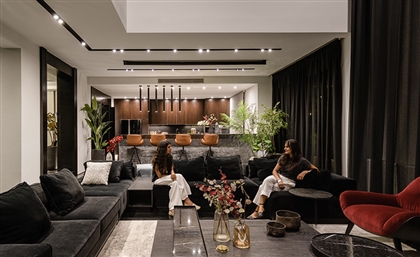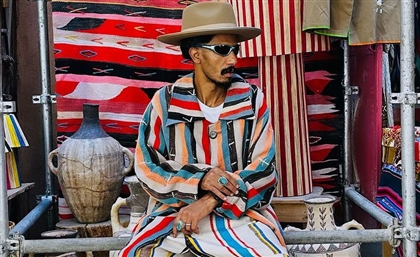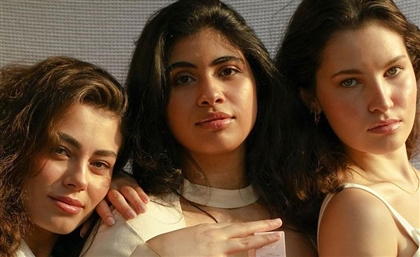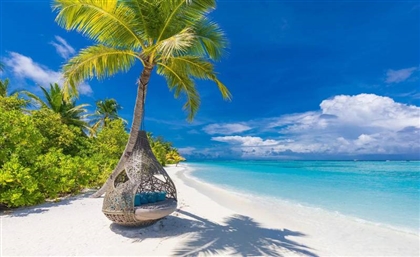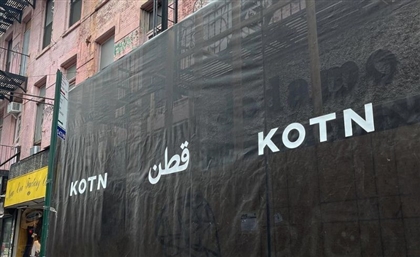8 of Cairo's Coolest Interior Designs, Explained by Their Mastermind
From white minimal spaces to colourful fusions, Ramzi Makram-Ebeid has been turning eyes in the Cairene design world. In an exclusive interview, the entrepreneur unveils the vision that steers his brainchild – Human Nature – and explains the concepts behind his eight most daring designs.
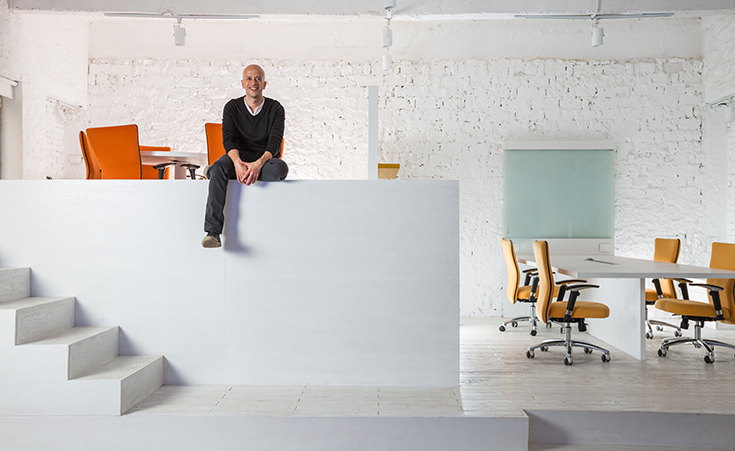
We’re sitting at MO4’s brand new office, one of Ramzi Makram-Ebeid's latest masterpieces, the result of a functional concept he explains as meticulously as his work denotes. “The idea of having a concept behind the design is still not quite rooted here in Egypt, and you see that even in many design fields. In the West, you are really taught to tie each element of your design to a particular concept," he says.
Born in the U.S., the interior designer initially specialised in business, though he had felt the design bug since he was five years old, designing his first office space at the age of 14. “I came back to Cairo when I was 28 and started working in marketing, but I got bored, so I went back to the US to study,” he recalls. He enrolled in UCLA, graduated with a degree in interior design, and moved back to Egypt determined to create his own boutique company, Human Nature, in 2007.
“As soon as I came to Egypt, I had a gig lined up – the first office I designed was for relatives. This job ended up leading to other clients. It was an Orascom office that took a long time to finish, but it taught me a lot,” says the designer, who specialises in both residential and corporate spaces, as well as custom furniture, where he often uses up-cycled elements such as salvaged wood.
With creations that merge Islamic autochthonous style with a stark minimal imprint, Makram-Ebeid rose to notoriety, designing some of The Greek Campus’ most avant-garde office spaces. “Cairo has a lot of opportunities, but the reason it has a lot of opportunities is because it’s hard to get things done well, especially with a lack of true team effort," he says. "I feel like Egypt has come a long way recently; 10 years ago, the country was really closed off. The advent of the Internet really changed the design game, and now the effort of companies like Al Ismaelia have raised the bar for all of us, because for once you can really walk around and see how beautiful this city can be."
Whether it is a fad or not, minimalism is a way of living for this trailblazing designer. "You can always be minimal in any aspect, and I’ve always been a minimalist because I don’t like visual clutter, or something that is too loud,” he explains. “In Egypt, we tend to over accessorise our spaces. I think that if you have an accessory in your home or office, it really should have a significant value in your life or your brand. It shouldn’t be about showcasing but creating a place that is you," he states.
According to Makram-Ebeid, Egypt was home to very minimal, harmonic designs in the 1940s and 1950s, but once the 80s came along, the trend of having flashy, over-the-top interiors took over. Another major problem, he adds, is a lack of “editing,” as he calls it. “A lot of designers have a lot of ideas and keep them. So it’s always important to step back, maybe leave your design for a few days, and then come back and look at it from a different perspective. With experience, you start drawing with a more edited version of your idea, and that takes us back to having a concept. In a city like Cairo, where there is no consistency, it’s nice to calm your senses,” he elaborates. "If every piece is a focal point, you are not going to have any focal points."
It's through this clean-cut minimalist approach that Makram-Ebeid of Human Nature brought to life seven of Cairo's most daringly designed spaces.
PWC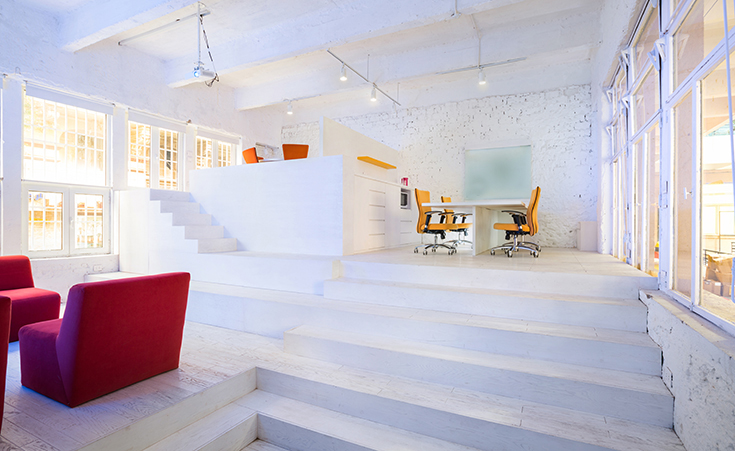
"They wanted something funky and modern for their younger clients, so we went back to the heritage of the place we're working with. This office was originally part of the AUC, close to the library and its famous steps; I had recreated steps to divide the space, which also served as seating to view the projector, which is on the opposite wall. The PWC colours were so vivid that I just wanted to use white on white for the background, and add some texture by taking the walls down and painting on the rough surfaces."

“It’s very important to go back to a space's original purpose; you have to honour the space you are in, and we are very privileged in this country to have a plethora of different designs. In Kamelizer, there was a terrible HDF synthetic flooring, so we went back to the original mosaic flooring. It’s interesting that in Egypt people associate mosaic floors with bathrooms or balconies – yet, to me, the old part is coolest because of the history it holds, and the nice earthy feel it adds. We also added the loft, which was a big structure that we did through an engineer."
MO4
"The original concrete finish on the walls was muddy, so I gave it a white-wash to lighten it up a bit more in order to maintain the original. You definitely don’t want walls and floors that are clashing. Plus, the continuation of the floor makes the space larger, while the branded and minimal furniture gives the space a cohesive feel."
Arpu Plus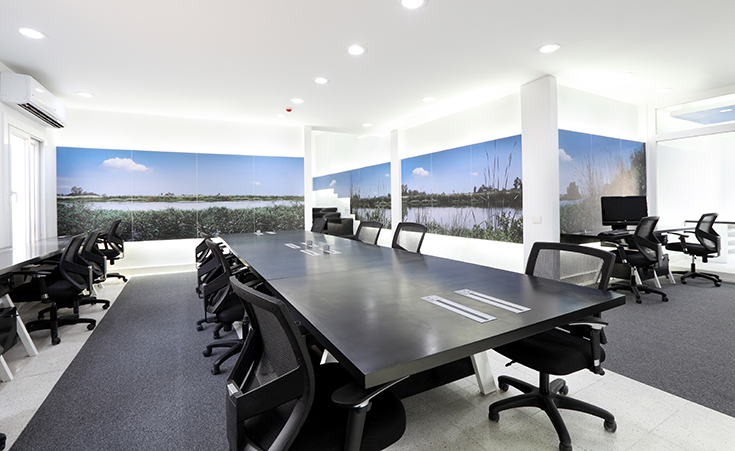
"The office is set near one of Cairo's busiest squares, so my concept was to have a server room in the middle of the Nile Delta. So I went with a photographer to the delta as he shot 180º photos, custom-made for the place. I wanted people in this office to feel like they are in touch with nature. This is how you make something Egyptian, in a very subtle way. Egyptian doesn't always mean Pharaonic or Islamic art; there are endless and incredible materials for inspiration all around."
Accelero 
"There are buildings from the 1980s with mishmash architecture, like Accelero. There was heavy decoration and it was very ornate, and it was difficult to get from point A to point B because its circulation was not conducive. I knocked down about two or three walls and made a central track in the middle so they can get from one point to another quickly."
The Invisible Revolving Bar
"This house had been designed with panelling by Eklego – it was a beautiful design, so I didn’t want to do anything overpowering. I therefore decided to clad the sunken area for the bar with panelling, and make the bar accessible via rotating and pullout units.”
Salvaged Staircase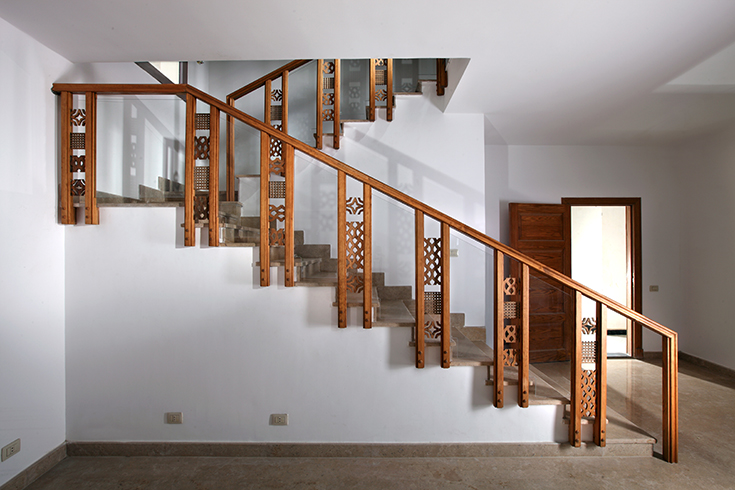
An example of his designs, this staircase created for a residence was made out of a salvaged mashrabia -the traditional Arabic oriel windows enclosed with carved wood. "Both the client and I were really happy when we found it, and I literally designed the staircase on the spot; the piece was perfect. We have a lot of sources for salvaged goods here, and it’s a great opportunity to up-cycle. Plus, taking your clients to salvage yards is a great way to brainstorm with them.”
Chez Me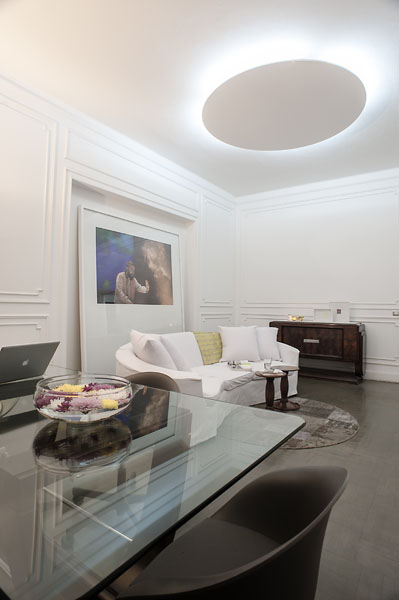
“I lived with my grandparents for eight years, so I was very attached to them; after my grandfather passed away and I moved back into their apartment, I wanted their spirit to live on, but their style is not my style. I took the rosettes out, stained the floor gray, and got a cool cover for my grandma's 1940s couch. Every time I see the couch, I remember grandma. I always like to include pieces from friends or family in the homes I design. The picture hanging behind the couch is a photo of a DJ that my friend took – the minute I saw it, I loved it. That's one way of having my friends over at home; it doesn't always have to be so literal."
Find out more designs and follow Human Nature on their website and Instagram.
- Previous Article Dr.Sisilove or How (Not) To Diffuse A Bomb
- Next Article Marsa Alam From a Drone’s Eye View is The Best Thing You Will See Today
Trending This Week
-
Apr 13, 2024




